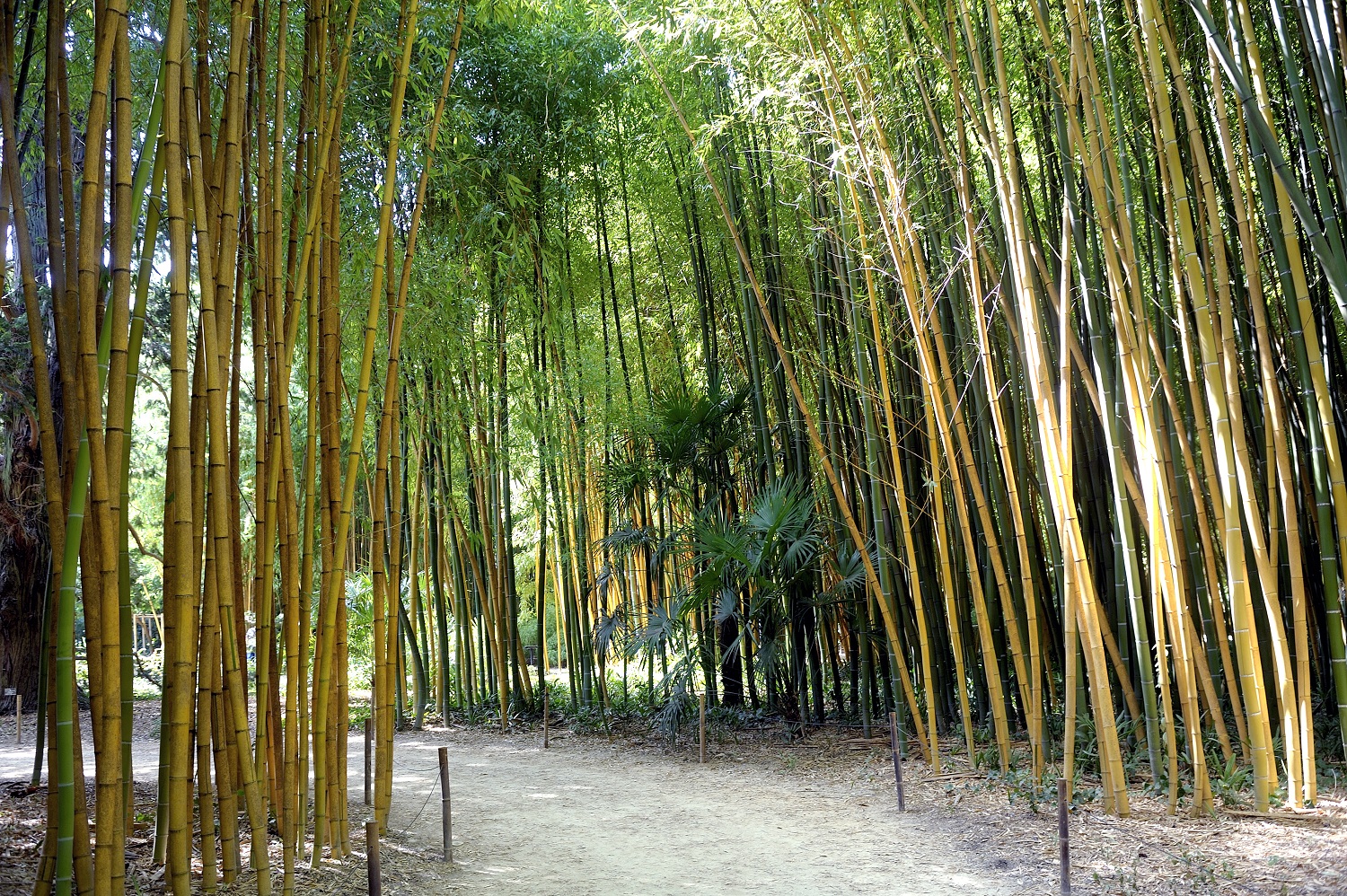
Always on the lookout for stakes and materials for his vegetable garden, Mr. B. finally decided to install a small bamboo grove at the bottom of his garden. This way he always has canes at hand.
Permanent needs
In his large vegetable garden, Mr. B. uses a lot of stakes, poles and teepees to climb his plants. Not a fan of plastic, he makes a point of using only durable materials.
Plants, wood, metal, everything is good for this great handyman. But his favorite material remains bamboo, whose rigidity and hardness, but also flexibility, allow all uses. However, bamboo canes sold in stores are not cheap.
The bamboo plantation resource
So he ended up producing his own canes by planting a bamboo grove in a somewhat neglected corner of his garden. In order to avoid problems of rhizome propagation, it is installed on the lawn.
Why? Because it naturally limits the spread of bamboo each time he mows, simply by cutting the invasive stems. There is no need to install an anti-rhizome barrier, and that’s a good thing because the bamboo grove covers more than thirty square meters. Moreover, the canes, greedy in water, benefit from the automatic watering of the lawn.
Several varieties for several uses
He can now cut as many canes as he wants to make his large tomato stakes, bean teepees and pea poles. He also uses it to make trellises, shade supports and even the brand new frame for his greenhouse. In order to benefit from several lengths and circumferences of canes, he recently introduced two new species, whose stems can reach eight centimeters in diameter and heights of more than ten meters: Phyllostachys nigra “hedonis” and Phyllostachys vivax “huanwenzhu” with elegant green and yellow culms.

